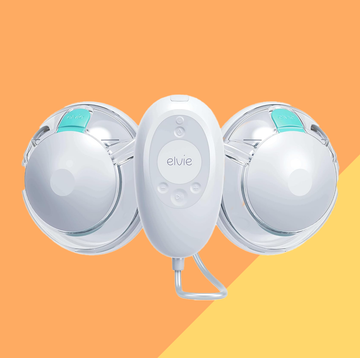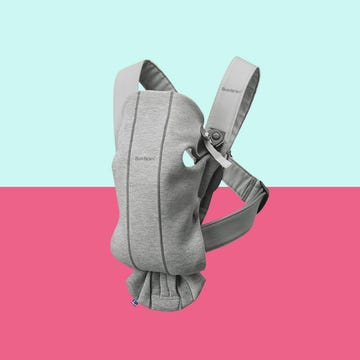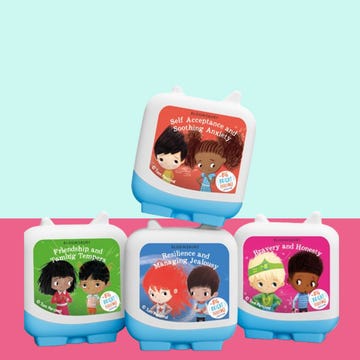We earn a commission for products purchased through some links in this article.
14 of the best car seats for every age and stage, tested by experts and parents
We broke our nails testing the best car seats for your child, so you don’t have to

Every parenting purchase comes with lots to consider, but with so much choice out there, choosing the best baby car seat can be a little daunting. Will you go for a travel system that can be clipped on to your pushchair, or would you prefer a standalone car seat that will stay in your vehicle for the next 12 years (yes, really!)?
Well, fear not, as the Good Housekeeping Institute has taken a thorough look at the market-leading car seats in our lab and will take you through everything you should consider, before you commit.
Best car seats for 2025
These are our experts’ favourite car seats at a glance but keep scrolling for their full reviews.
How we test: When the parenting experts at the Good Housekeeping Institute assess car seats, they review safety compliance, ease of use and any innovative features, focusing on installation, comfort, functionality and ease of cleaning. We also send them out to panellists to try at home and give us detailed feedback. We only test car seats that have passed the R-129 and i-Size safety regulations. Some of the seats have also passed additional safety tests. Note, we do not undertake our own crash test simulation.
What to consider when shopping for a car seat
What is a travel system?
A travel system combines a pushchair with a compatible first-stage car seat. This makes it easy to transfer a sleeping baby from the car to pram without unbuckling – great if you’re frequently in and out of the vehicle.
However, if you're not going to move the seat often, you may decide to buy one that adapts to fit your child from newborn until they’re four, or even 12-years-old. These are bigger and heavier and can’t be put clipped onto a pram, but they will last until your child no longer needs a car seat, saving you money.
Know the two-hour car seat rule
When making your decision, we think it’s worth remembering the two-hour rule. Babies under six months old shouldn't be in a car seat – whether they're awake or asleep – for longer than two hours at a time. If you're driving or pushing them in the car seat on the pram, you’ll need to take them out for a break so they can stretch and lie flat. This is true for both upright and lie-flat car seats.
According to the East Lancashire NHS Trust: “Your baby shouldn't sleep in a car seat for longer than necessary. Car seats are designed to keep your baby safe while travelling, but they shouldn't be their main sleeping place. Your baby should not be in a car seat for longer than two hours at a time. Research has shown a link between travelling in car seats for long periods and breathing difficulties in young babies."
Does it have a lie-flat facility?
Some car seats recline so your little one can nap and lie flatter for longer, which is recommended by health professionals. If you're going to be doing long journeys with your baby, look for a seat that can recline to between 130 and 180 degrees. Some seats can’t be reclined in the car but can on the pushchair, which extends the amount of time you can have your baby in the car seat.
Do I need a car seat base?
A car seat base such as an ISOFIX system, can provide an easier, potentially safer installation and reduces the chance of misuse. While it adds cost, some bases fit the next seat size up, saving money long-term, while others have a built-in base.
How do you want to install the car seat?
There are three main ways to fit a car seat:
- Using the car’s three-point seat belt (with older cars this may be your only option)
- Using ISOFIX points that connect the car directly to the car seat
- Using an ISOFIX base that connects directly to the car, which the seat then clicks into – these usually have visual or audible guides to tell you when the seat is safely installed
Belt fixing is very safe if you follow the fitting guidelines exactly every time you travel, and it makes it easy to switch between cars. However, if your car has ISOFIX points, you can choose a seat or a base that clips directly into these, so it’s connected to the car’s chassis.
What direction should my child face?
By law, children under 15 months must travel rearward-facing. After that, you can choose to have them front-facing, but it's much safer for them to stay rearward-facing until they are at least four-years-old. This position offers more protection for your child’s spine and head in the event of a collision. Some seats allow your child to face the rear for up to seven years, with their legs in a bent or crossed-legged position.
Can I use my car seat on a plane?
You may want to fly with your baby’s car seat, if you plan to use it in a hire car at your destination. Always check your make and model with the airline before booking to make sure it’s compatible. You should also still follow all safety advice, such as the two-hour rule. We've let you know which seats are airline-approved below.
How heavy is the seat?
We've provided the weight of each car seat in our key specifications but bear in mind that with the smaller, portable style seats (which often fit onto a pram to create a travel system), you will need to factor in the weight of your baby as they grow. Other seats are designed to be left in the car, but you may need to swap them between vehicles, so we've included their weight too.
Can I buy a second-hand car seat?
We get it, car seats can be an expensive purchase. However, it’s strongly recommended that you buy a brand-new seat for your child, so you know it meets the current safety standards. This will also ensure it hasn’t been compromised by a previous accident, which may not always be obvious to the naked eye.
Now you know exactly what to look out for, read on for a thorough review of our top-rated car seats for babies, toddlers and young children.
Read on for more parenting product reviews you can trust: Best baby monitors | Best cots | Best breast pumps | Best pushchairs | Best bedside cribs | Best baby sleep aids

Stacey looks after all food and drink reviews — from coffee pods and veg boxes, to natural wine and tequila. Stacey is also founder of Crummbs, where she’s written nearly 2,000 restaurant and hotel reviews since 2013. Prior to this, Stacey wrote hundreds of in-depth buying guides for the Independent, i newspaper and BBC Good Food, as well as reviewing restaurants and interviewing celebrities in her column at Balance Magazine. Stacey has also appeared in BAFTA-nominated BBC documentary Blood, Sweat & Takeaways, where she investigated South East Asia's food production industry, appearing on both Newsnight and BBC World Service to share her findings. Regularly checking out the latest restaurants, bars and product launches, Stacey also loves experimenting with recipes at home, and is a WSET-certified wine and spirits expert, with over 10 years of experience in the business. You can follow Stacey on Instagram @crummbs_uk
Sally J. Hall is a parenting tester for the GHI, reviewing everything from bedside cribs and pushchairs to nappies. She has written extensively on pregnancy, birth and the health and development of both pregnant mums and their babies. She has in-depth knowledge of the parenting world, has tested thousands of products and is passionate about finding those that make parents’ lives easier.
Sally has worked on many major UK parenting titles and was previously editor of both Emma’s Diary and Bounty. With extensive contacts across the parenting industry, she published B Baby Magazine for eight years, which covered the private maternity market across the UK and is the author of books Plant Based Baby and Eco Baby.


17 best baby sleep aids to buy now
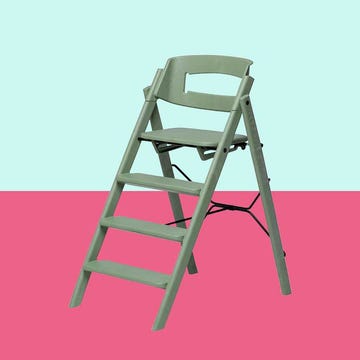
7 best highchairs for happy mealtimes
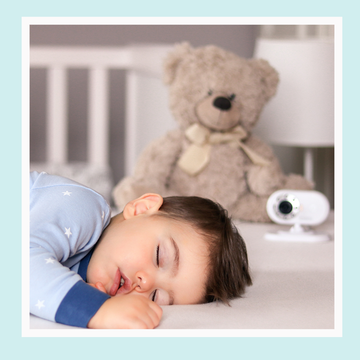
9 best baby monitors to keep an eye on little ones

The best headphones for babies

















